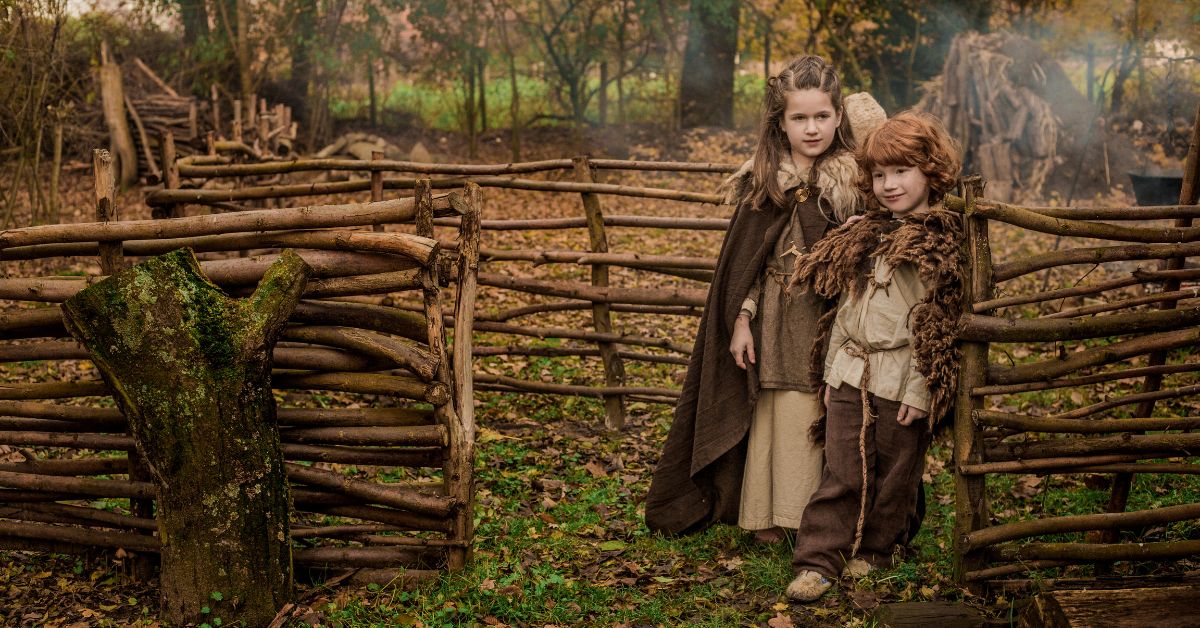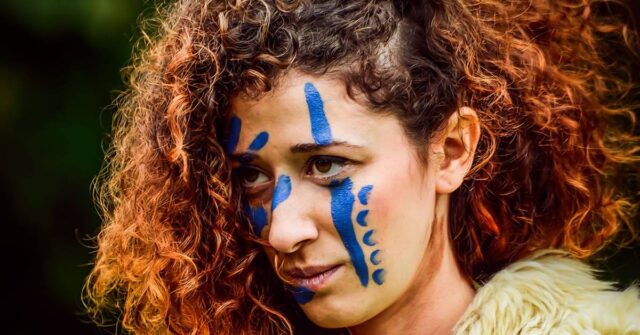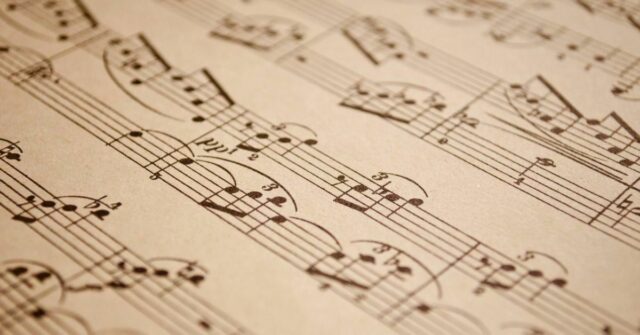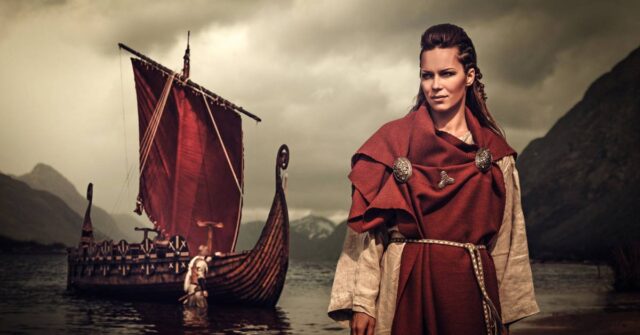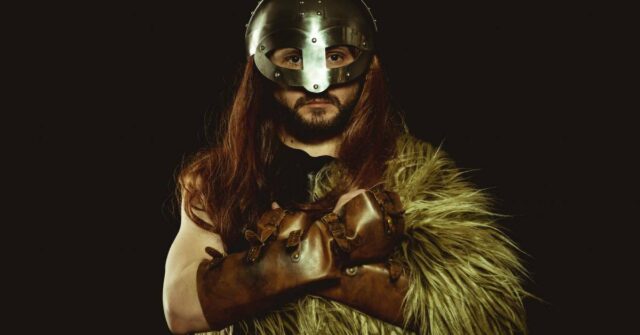The Viking Age, spanning from the late 8th to early 11th centuries, is often remembered for its fierce warriors and seafaring explorers.
However, the everyday lives of Viking families, particularly the experiences of childbirth and childhood, reveal a society deeply rooted in tradition, community, and resilience.
Introduction to Viking Family Life
Viking society was structured around family units, with each member playing a critical role in the household’s survival and prosperity.
Life in a Viking family was tough and often short, with harsh weather, frequent conflicts, and limited medical knowledge posing significant challenges.
Despite these difficulties, Viking families were close-knit and supportive, bound by strong cultural and social norms.
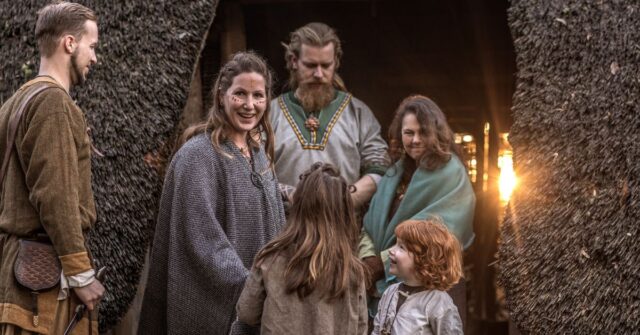
Childbirth in Viking Times
Childbirth in Viking times was a challenging and dangerous event. Women typically gave birth while kneeling, gradually bending over with their elbows on the ground as labor progressed.
This method, unlike the modern practice of giving birth on one’s back, was believed to facilitate the birthing process.
Runes and prayers to deities such as Frigg, the fertility goddess, were common practices to protect both mother and child during childbirth.
Traditional Birthing Practices
Viking women did not use birthing chairs or beds. Instead, they kneeled and bent forward, which was thought to help in the delivery.
The birthing process was attended by female relatives and midwives who provided support and used traditional remedies and rituals to aid the birth.
These rituals included carving protective runes and invoking the aid of gods and spirits.
Role of Fathers in Childbirth
Fathers played a significant role post-birth; they publicly acknowledged their children during a naming ceremony held nine days after birth.
This event involved sprinkling water on the child and bestowing a name, marking their acceptance into the family and society. This ceremony was a vital part of the child’s integration into the community.
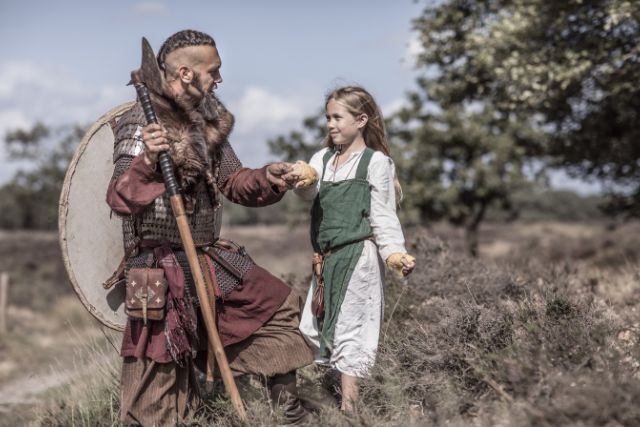
Protection and Rituals During Childbirth
During childbirth, runes were often carved onto objects or the mother’s skin for protection. These symbols were believed to ward off evil spirits and ensure a safe delivery.
Additionally, prayers to fertility goddesses and ancestral spirits were common practices to safeguard the mother and child.
Infant Mortality and Abandonment
Infant mortality was high, and it was not uncommon for babies with visible deformities or those who were unwanted due to economic hardships to be abandoned.
This harsh practice underscores the precarious nature of Viking life and the difficult decisions families sometimes had to make.
However, once a child was accepted into the family, they were cared for with great love and attention.
Early Childhood in Viking Families
The early years of a Viking child’s life were filled with both care and preparation for their future roles in society.
From birth, children were considered valuable members of the family, and their upbringing was essential to the family’s success and survival.
First Days and Naming Ceremonies
The naming ceremony, or “naming feast,” was a critical event in a newborn’s life.
Held nine days after birth, this ceremony involved the father placing the child on his knee, sprinkling water on their head, and giving them a name.
This ritual not only welcomed the child into the family but also into the broader community, establishing their place in society.
Infant Care and Health Practices
Infant care in Viking times relied heavily on traditional practices and herbal remedies. Newborns were swaddled to keep them warm, and breastfeeding was the primary source of nutrition.
Herbal treatments, such as honey for coughs and chamomile for colic, were commonly used to address minor ailments.
Despite these efforts, the high infant mortality rate reflects the harsh realities of Viking life.
Viking Childhood Activities
Viking children were integral members of their communities from an early age.
Unlike modern childhood, where schooling and play are central, Viking children were quickly integrated into the daily tasks and responsibilities of their families.
Boys learned skills necessary for hunting, fishing, and warfare, while girls were taught domestic tasks such as cooking, weaving, and caring for animals.
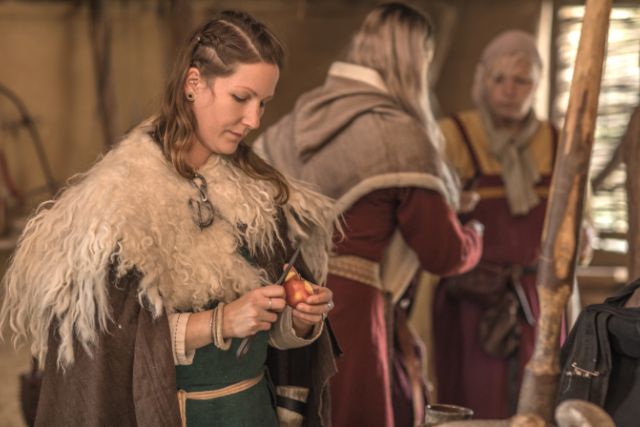
Play and Recreation
Despite the rigorous work expectations, play and recreation were essential parts of Viking childhood.
Children played with wooden toys, participated in outdoor activities like swimming and fishing, and engaged in storytelling and music, which were vital for preserving Viking culture and history.
Toys were often miniature versions of adult tools and weapons, serving both as playthings and training tools.
Outdoor Activities and Skills
Outdoor activities such as swimming, fishing, and hunting were not only recreational but also crucial for teaching important life skills.
These activities helped children develop physical strength, agility, and survival skills necessary for adulthood.
Swimming, in particular, was a valued skill, and children were encouraged to become strong swimmers from a young age.
Storytelling and Music
Storytelling and music played significant roles in Viking childhood. Elders would share sagas and myths, teaching children about their heritage and moral values.
Music was also integral, with children learning to play instruments like the lyre and flute. These activities helped foster a sense of community and cultural identity.
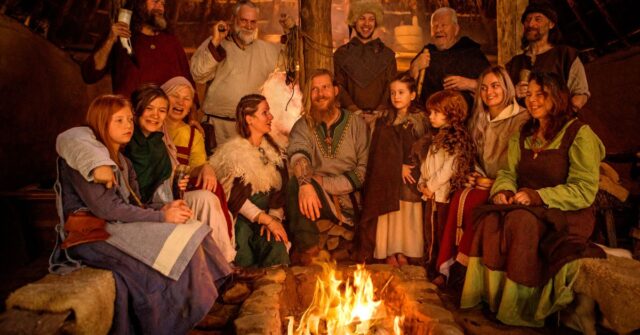
Gender Roles in Viking Childhood
Viking society was patriarchal, with distinct roles for men and women. Boys were groomed to become warriors and providers, while girls were prepared for roles as homemakers and caretakers.
These gender roles were strictly enforced, although there were occasional exceptions where girls learned combat skills and boys took on domestic tasks.
Boys: Training for War and Survival
Boys were expected to become warriors and were trained from a young age in skills such as hunting, fishing, and combat.
They learned to use weapons like axes and swords and were taught to be physically strong and resilient. This training was essential for their future roles as protectors and providers.
Girls: Domestic Skills and Responsibilities
Girls were trained in domestic skills necessary for running a household. They learned to cook, weave, sew, and manage the home.
These skills were vital for the family’s survival and were highly valued in Viking society. Girls also helped with tasks such as gardening and caring for animals.
Exceptions to Gender Norms
While gender roles were rigid, there were exceptions. Some girls trained in combat, and some boys learned domestic skills.
These exceptions, though rare, highlight the flexibility and adaptability of Viking society. However, they were often met with societal resistance and were not widely accepted.
Education and Learning
Education in Viking society was practical and hands-on. Children learned by doing and their education was closely tied to their future roles in the community.
Boys and girls were taught the skills they needed to contribute effectively to their families and society.
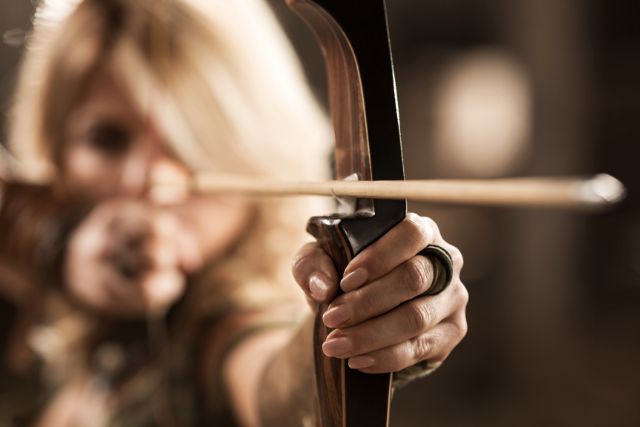
Practical Skills and Apprenticeships
Children learned practical skills through apprenticeships and hands-on training. Boys learned from their fathers, uncles, and older brothers, while girls learned from their mothers and aunts.
This education was essential for ensuring that each new generation could uphold the traditions and responsibilities of Viking society.
Learning Through Play
Play was not just a leisure activity; it was also a critical part of learning. Toys and games often mimicked adult tasks and helped children develop the skills they would need as adults.
For example, wooden swords and shields helped boys practice combat, while dolls and miniature tools helped girls learn domestic skills.
Rites of Passage
Rites of passage were significant in Viking culture, marking the transition from childhood to adulthood.
These ceremonies and trials reinforced cultural values and prepared children for their adult roles in society.
Boys’ Trials and Warrior Training
Boys underwent trials to prove their readiness for warrior status. These trials tested their physical and mental strength and were crucial for their acceptance as adult members of the community.
Successful completion of these trials granted boys the rights and responsibilities of adulthood.
Girls’ Transition to Womanhood
Girls’ transitions were marked by ceremonies acknowledging their readiness for marriage and adult responsibilities.
These ceremonies celebrated milestones such as their first menstruation and were accompanied by feasts and gifts.
Marriage was an important rite of passage, often arranged by families to strengthen social ties.
Marriage and Family Responsibilities
Marriage was another significant rite of passage. Weddings were celebrated with feasting and gift-giving, and the bride and groom exchanged vows in front of their families and community.
Marriage marked the beginning of new responsibilities and roles within the family and society.
Health and Well-being of Viking Children
The health and well-being of Viking children were vital components of Norse culture. Although medical knowledge was limited, parents and caregivers did their best to keep children healthy and active.
The diet, physical activity, and mental health practices all contributed to the overall well-being of Viking children.
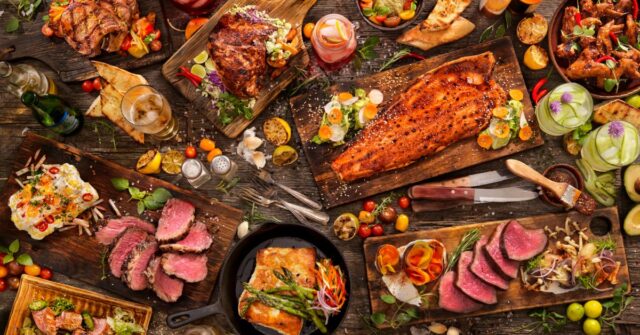
Diet and Nutrition
The diet of Viking children was rich in meat, fish, and dairy, providing essential nutrients. Fruits and vegetables were less common but were foraged when available.
Children were also encouraged to drink plenty of water. This diet helped maintain their physical health and supported their active lifestyle.
Common Ailments and Remedies
Viking children, like their parents, were susceptible to various ailments and injuries. Common illnesses included respiratory infections, colds, and fevers, often exacerbated by harsh living conditions.
Herbal remedies were frequently used to treat these ailments.
For example, honey was used for its antibacterial properties, garlic for its immune-boosting effects, and chamomile tea to soothe stomach aches.
In severe cases, more drastic measures like bleeding and cupping were employed, although these practices were of limited effectiveness and could sometimes cause more harm than good.
Physical Activity and Mental Health
Physical activity was a significant part of Viking children’s lives.
They engaged in numerous outdoor activities, such as swimming, running, and playing physical games, which helped maintain their physical fitness.
These activities were not just for fun; they were essential for building the strength and skills needed in adulthood.
Mental health was also valued, with parents providing emotional support and ensuring children were involved in community activities, which fostered a sense of belonging and purpose.
Social and Cultural Context
The upbringing of Viking children was deeply embedded in the social and cultural fabric of Norse society.
Community and cultural beliefs played a crucial role in shaping the experiences of childhood and the expectations placed upon young Vikings.
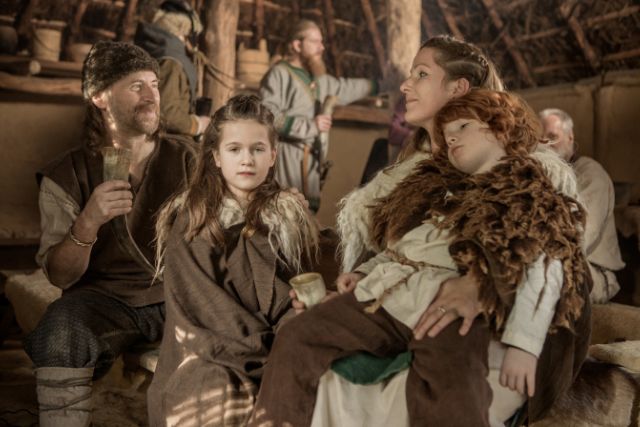
Role of Community in Child-Rearing
Child-rearing was a communal effort in Viking society. Extended families and neighbors often shared the responsibilities of looking after children.
This collective approach ensured that children were well-cared for and closely integrated into the social fabric of their community.
It also provided a network of support for parents, who could rely on others to help with childcare during busy or challenging times.
Cultural Beliefs and Practices
Cultural beliefs and practices heavily influenced the upbringing of Viking children. The Norse pantheon, with gods like Odin, Thor, and Freyja, played a significant role in daily life.
Children were taught the myths and legends of these deities, which reinforced moral values and societal norms.
Festivals and rituals, such as the celebration of Yule or the rites of passage into adulthood, were pivotal events that strengthened cultural identity and community bonds.
Conclusion
Understanding childbirth and childhood in Viking families offers a deeper appreciation of the societal structure and cultural values of the Norse people.
Viking childhood was a blend of work, play, and rigorous training, all aimed at preparing the next generation for the challenges of life in a harsh and unforgiving environment.
By addressing these aspects, your blog post on “Childbirth and Childhood in Viking Families” can effectively satisfy the search intent of readers interested in the everyday lives of Vikings, drawing them into the rich and complex world of Norse culture.

